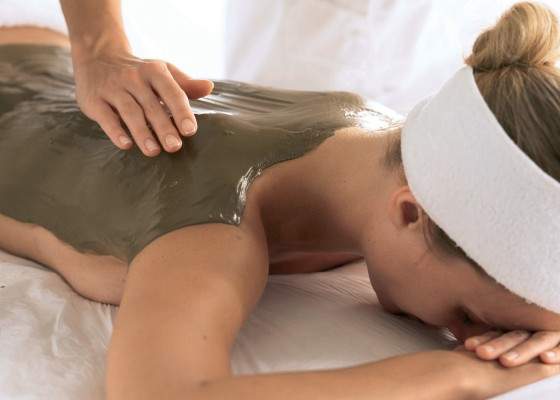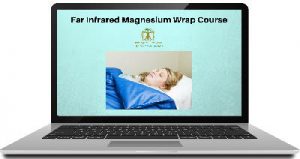 Introducing the humble mineral
Introducing the humble mineral
How clay works is a question asked by many clay enthusiasts. Before I started researching clays almost 20 years ago, I had been wondering about it too. I wanted to learn more about detoxifying characteristics of clay. While doing my research, I discovered many interesting properties that explained clay’s popularity in a number of areas: industrial, agricultural, pharmaceutical and scientific. However, I was mostly interested in natural health, so was trying to find out about the healing properties of this curious mineral.
Clays have been used by people, animals and birds since prehistoric times. Animals roll in clay to get rid of parasites and insects. Birds eat clay to neutralise the toxins in some foods they eat. People have been using clay to get rid of parasites and neutralise toxins and kill germs. However, we are still not close enough to understanding what makes clay such a powerful mineral. Following are the characteristics I have learned about that explain it.
Properties of clay
Cation exchange
Clays have a well-researched ability to exchange their ions (cations) for ions of other substances. The way it happens is quite complex and is explained by the electric charge of clay particles that get substituted for desirable ones depending on the available electrically charged sites. I explain it in more detail in my book “How Clays Work”. In simple terms, clays are used to substitute the particles that need to be removed for the desired ones. This property is used to clean up ponds, agricultural environments and contaminated sites from infection, chemicals, heavy metals and other unwanted substances. It is also used by health enthusiasts in detox. All of the properties below are only possible when clays are mixed with water (a process called hydration). Dry clays are inactive.
Expansion
clays consist of minute particles below 2 µm in size, which means that their surface area is enormous and is made many times larger in certain (smectite) clays when hydrated. This property is called expansion. The expanded surface area means that the absorption and ion exchange area in clays is very large. Sodium bentonite has the highest expansion rate of all clays which makes it very popular in a number of industrial applications.
Adsorption/ absorption
Clays can adsorb (stick particles to their surface) and absorb (‘ingest’ particles inside themselves) mineral and organic substances. This property is explained by the electric charge created between the clay layers and on the edges of their tiny particles. This makes them attract heavy and radioactive metals and other unwanted substances.
Selectivity
this property is linked to cation exchange. Clays are selective as to what size ions they absorb. Large multivalent ions (e.g. Cs) are preferred to smaller uni- or bi-valent ions (e.g. Li). This property is used in neutralising heavy and radioactive ions.
Catalytic property
Clays act as catalysts in organic reactions. This means that clay acts as a catalyst for various chemical reactions that are important in a number of applications.
Antibacterial property
Clay particles are so minute that they can envelop bacteria depriving them of nutrition and oxygen. This neutralises germs. People and animals have been using clays to rid themselves of infectious diseases for thousands of years. The antibacterial property makes clays one of the most potent natural antibiotics. In scientific experiments, clay killed up to 99 percent of superbug colonies within 24 hours. Control samples of MRSA (methicillin-resistant staphylococcus aureus) grew 45-fold in the same period. Clay has a similar effect on other deadly bacteria tested, including salmonella, E. coli, and a flesh-eating disease called Buruli, a relative of leprosy which disfigures children across central and western Africa.
At Pure Nature Cures School of Mineral & Spa Therapies, we teach how to use clay in 3 courses:
- Far Infrared Mineral Weight Loss Wrap Course
- Far Infrared Clay Detox Wrap Course
- Far Infrared Remineralising & Rejuvenating Seaweed Wrap Course
If you want to learn more about clays and how they work, I have written a book – How Clays Work. It is available on Amazon or you can buy a PDF version here. And you can pick up the free Mineral Healing report below if you want to learn more about clay and other minerals used in healing.
Discover Simple Remedies for Natural Self-Healing
Find out how salts, clays, mud, zeolite & diatomite can help you heal. Enter your details below to claim your FREE report.
Click on each link below to read about the courses you can take with us
- Far Infrared (FIR) Mineral Weight Loss Wrap Course
- FIR Magnesium Pain & Health Management Wrap Course
- FIR Clay Detox Wrap Course
- FIR Remineralising & Rejuvenating Seaweed Wrap Course
- Transdermal Magnesium Therapy Course
 |
 |
 |
 |
 |
